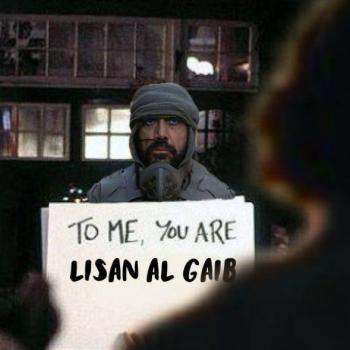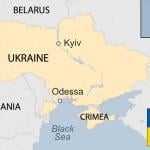I was invited at the last minute to participate in the Patheos Book Club discussion of Jeffrey J. Kripal’s book Mutants and Mystics: Science Fiction, Superhero Comics, and the Paranormal
. Since I leave today for a conference (at which I will be speaking, appropriately enough, about religion and science fiction), I have had to rush through sections that I would have preferred to savor, and am churning out quickly a brief review when I would have liked to blog through the book in detail, perhaps over the course of several days and separate blog posts. But since this is a powerful and distinctive work, full of interesting information and original insights, it is one to which I know I shall be returning again and again in days, weeks and months to come. And so I ask the reader to view this short treatment as a mere introduction to a discussion of this book here at Exploring Our Matrix that will be ongoing.
Kripal’s approach to science fiction literature and comic books is multifaceted. Without ignoring the standard academic treatment of matters such as authorial background, historical setting, and cultural trends, Kripal brings in a neglected additional element that transforms those details while integrating them into a wider whole. His focus on the experiential element of sci-fi and comic books is one that is less frequently done justice to – at least, in the academic treatments of this topic with which I am familiar. Kripal explores the ways in which many science fiction stories and themes give expression to a view of the world which their authors experience as real, sometimes even including specific details from their own individual experiences – whether mystical, psychological, or psychedelic in nature (assuming one considers such distinctions to be at all meaningful).
The book is structured around what Kripal calls the “Super-Story” which provides seven “mythemes” that pervade not only science fiction and comic books but much else in the realm of popular culture in the United States (pp.26-28). These seven elements (Divinization/Demonization, Orientation, Alienation, Radiation, Mutation, Realization, and Authorization) provide the titles for chapters in the book, but in fact pervade each of them, as they are inextricably intertwined. The chapters tend rather to use specific examples from the biographies of creators of this literature – whether the story of Ray Palmer, Stan Lee, Philip K. Dick, Whitley Streiber, or any of the others whose experiences and resulting worldview found expression in their literary products – to explore the intersection of the narratives of their personal experience and fictional output – time and again noting how many of the authors in question challenge that very distinction.
I cannot talk about Kripal’s book without providing a personal example of one of the things he touched on. He himself experienced what some of the authors he discusses also did, a synchronicity of occurrences that made a profound impact. For him, it was coming from seeing an X-Men movie and finding a cosmetic jewelry “X” near his car. As I read about this, and then a little later his discussion of Fate magazine (which noted the irony of the title given Ray Palmer’s view on that subject), I stopped to take a glance at Google Reader. There appeared – in the feed of Skeptic magazine – a mention of Fate magazine. I don’t remember Fate magazine ever having come up on a blog I read, or indeed having been mentioned in my hearing in the past decade or more. And then here I was, reading about seeming coincidences, and then about Fate magazine, and then something similar happened to me.
The sorts of experiences that are often connected with the “paranormal” – from the relatively mundane synchronicities that sometimes seem significant to us – to the experience of encountering entities one believes are from other planets, other dimensions, other spiritual planes, or hidden recesses within the human mind – are prominent in science fiction and stories of superheroes. How one interprets such experiences differs, even across the spectrum of those authors who treat them as pointers to something true about the cosmos and about ourselves. In my own case, I might wonder whether what happened is a message from the universe that I ought to acknowledge the reality of Fate, or a coincidental reminder that I need to be more of a Skeptic? However one interprets one’s experiences, Kripal’s point is that we regularly experience the world and ourselves as being more than matter. Whether that is an accurate perception of a fundamental reality, or an expression of hope in spite of evidence to the contrary, Kripal’s treatment of the intersection of science fiction, comic books, culture and experience helps anyone interested in sci-fi, religion or popular culture to grasp why it is that in these genres which are often expected to denigrate and/or undermine the sacred and supernatural, we find key elements of myth, the occult and the paranormal taking center stage rather than fading from view.
As I have said, I will be returning to interact with Kripal’s thoughts and the information he provides again and again (including in the immediate future in the conference presentation I’ll be giving on religion in Doctor Who). In the mean time, you may find it interesting to explore some other blog posts about his book which have recently appeared, such as those by John W. Morehead, Carl Gregg, Pop Theology, Jonathan Fitzgerald, Tony Jones, and a response by Jeffrey Kripal himself.













